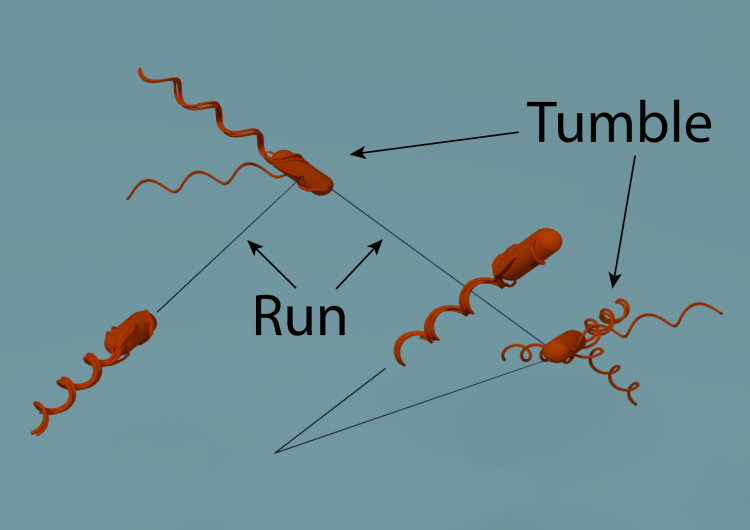Research
Bacterial Transport

Controlling defects in active nematics with geometrical constrains
[video:https://youtu.be/wnDdFF5ukuA]
Active Materials

Microplastics - Microorganism Interaction
Part of the lab studies the transport of microplastics in the environment and their interactions with complex fluids and microorganisms.
Upstream E. coli migration
[video:https://youtu.be/O24-0vTqd5c]
E. coli “super-contaminates” narrow ducts swimming against the flow
Bacillus subtillis bacteria swimming in liquid crystal
[video:https://youtu.be/8rGGYdSyn2c]

